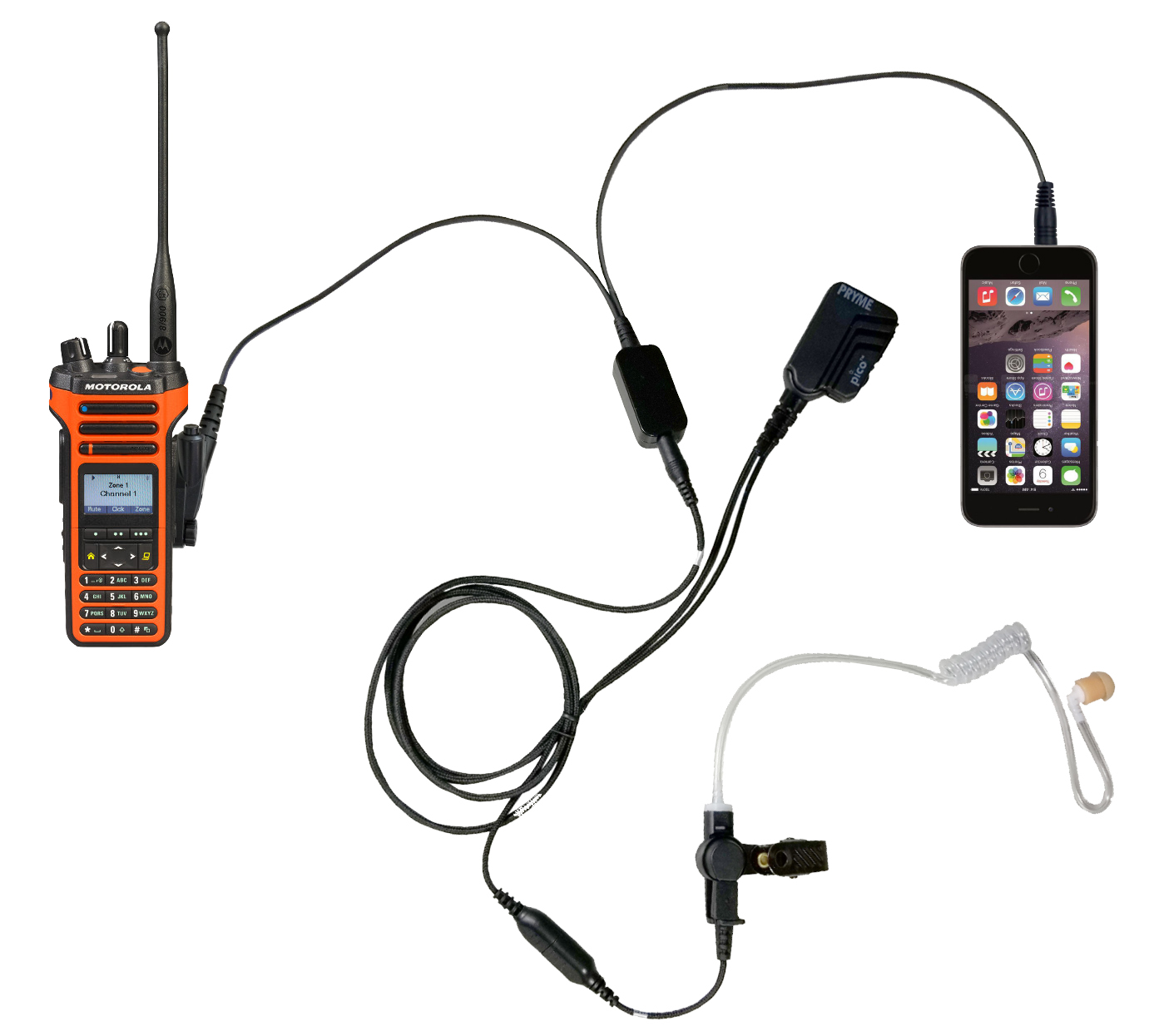Communicating with personnel was already a challenge for companies with workers in the field, widespread workforces in siloed divisions and office locations, or deskless staff who travel.
Now that COVID-19 has all but eradicated traditional in-person relationships and many in-office team members are now working remotely, keeping everyone synced is an even more daunting task.
The entire face of team communications has changed, escalating the need for alternate ways to communicate with the growing mobile workforce, says chief technologist of A Consortium, Dave George. Internal and external communications are merging as businesses strive to reconnect with disconnected teams off-site and in virtual environments.
Digital engagement
Managing the employee journey has become as important as managing customer experience. Businesses are struggling to keep distributed employees engaged, maintain corporate culture and re-establish a sense of community.

In addition to connecting with remote workers and keeping employees up-to-date, team communications solutions must also facilitate onboarding, training, career growth and be able to segment messaging for distinct employee groups of different geographies, cultures, ages, and job functions, while also maintaining personal interactions and peer collaboration.
Email doesn’t cut it and excessive reliance on video conferencing has already created “Zoom fatigue.” Remote work now requires mobile communication delivery at an unprecedented level. Companies are discovering faster, more effective ways to communicate meaningfully with simple, plug-and-play digital solutions.
App-powered workforces
Mobile team communications apps are fast becoming the go-to solution across the spectrum, from small business to major enterprises, and spanning every industry, whether working in a shared workplace or remotely.
App features are more comprehensive than ever with integrated augmented reality (AR), artificial intelligence (AI) and mixed reality programs, as well as text chats, audio calls, video conferencing, file and screen sharing, discussion threads, forums and more, all combined into one communications hub on a dedicated channel. With the multitude of app options available today, the key is determining which functions will best address organisational needs.
Though team text chats and video conferences are productive, nothing compares to live voice messaging in real time, either one-to-one with individuals, or one-to-many with groups.

Team apps that offer a Walkie Talkie feature enable push-to-talk (PTT) to transmit instant voice messages to colleagues without risk of cross-talk or eavesdropping, while also reducing the number of devices workers carry and cutting IT costs. Feature-rich apps also allow users to track locations, trigger emergency alerts in critical situations, coordinate logistics and quickly resolve issues.
However, some industries have highly specific processes and require more customised communications interfaces, such as public safety, security, manufacturing, logistics, and healthcare. The emergence of no-code/low-code development platforms (LCDP) have made it possible for developers and customers to accelerate delivery of custom applications.
Though they can be deployed on virtually any platform, mobile accessibility is a driving factor behind the use of LCDP apps, which allow workers to tap into on-premise or cloud data from a mobile device.
Where security and compliance risks are a concern and privacy is essential to protecting sensitive information, there are communication apps that can be self-hosted on a company’s own servers and integrated directly to the user interface rather than through a third-party server.
Push-to-Talk networks
Traditional private radio and land mobile radio (LMR) networks often require significant up-front Capital Expenditures (CAPEX). The spike in mobile workforces is driving explosive growth in Push-to-Talk over cellular (PoC) for wide-area communications due to the low Operational Expenditure (OPEX) for startup and subscription-based services.
With the press of a PTT button, PoC provides the same capabilities as traditional two-way radio systems and enable instant group calls to multiple users. Because PoC leverages existing LTE cellular and ubiquitous Wi-Fi networks, systems can be deployed more quickly with no infrastructure required.
PoC network services can also be located on privately hosted servers using gateway routers to provide connectivity between the LTE network and the PoC server. Another approach is unified communications (UC) platforms, which integrate diverse radio systems with PoC and PTT over Wi-Fi into one centralised ecosystem.
Digital devices

PoC devices such as radios, smartphones, and even bodycams are purpose built for professional communications as compact, rugged, easy-to-operate handheld devices. Digital Mobile Radios (DMR) with advanced features can support PoC functions, including instant group calling, GPS location tracking, emergency notifications, and mission-critical PTT (MCPTT.)
Enterprise models of ruggedised smartphones now have programmable buttons that support PTT communication and integrate with walkie talkie apps. For example, retailers can use programmable buttons to enable scanning capabilities or POS payments.
For harsher work environments like industrial settings, there are PoC devices with IP ratings for water and dust resistance, etc. For occupations that require gloves such as public safety, fire and EMS, some devices offer enlarged buttons or glove mode.
Mobile workforce support
Many team communication apps are compatible with hands-free PTT accessories, including headsets and Bluetooth adaptors, which not only keep drivers from being distracted, but allows freedom of movement when operating machinery, maintaining facilities, and a host of other physical tasks. A single button push connects drivers with dispatch or workers with team members, which is ideal for transportation companies and businesses with vehicle fleets, as well as for the hospitality, property management, food service and retail industries.

There are a vast array of accessories available that augment audio and voice quality, from waterproof headsets to discreet surveillance kits for undercover and security, or throat mics and earmuffs for high noise environments like construction sites, manufacturing plants and entertainment venues.
However, few manufacturers specialise in making affordable professional-grade products that far surpass most low-cost alternatives, my company being one of them. Of course, these days hygiene is also a primary concern, which is why experienced makers offer swappable accessories specifically designed for individual or one-time use.
In today’s COVID world, companies want to raise team communications to a higher level, while also reducing expenses. This has created demand for simpler, more cost effective solutions that are also dependable and backed by strong support to ensure operations run smoothly and teamwork is optimised. Ultimately, it has also redefined the future of mobile workforce communications.
The author is Dave George, chief technologist of A Consortium.
About the author
Dave George, chief technologist and president of Pryme Radio, holds 29 patents and is the inventor of multiple award-winning products. An RF engineer for over 40 years, George is a key influencer in the public sector’s transition from radio to broadband. He is considered an industry thought leader whose keen insight is renowned in the communications technology field. Aside from running a successful communications accessory company, George also coaches a Southern California high school robotics team.
Comment on this article below or via Twitter: @VanillaPlus OR @jcvplus






